Last Updated on July 30, 2021
PLOT: Following the death of Superman (Henry Cavill), Batman (Ben Affleck) and Wonder Woman (Gal Gadot) recruit Arthur Curry (Jason Momoa), Victor Stone (Ray Fisher), and Barry Allen (Ezra Miller) to join them as they try to save the world from the forces of Darkseid, led by the fearsome Steppenwolf.
REVIEW: When I visited the set of Justice League, way back in 2016, I had no idea what a rocky road this film was facing. I vividly remember visiting the London soundstage where it was being shot, meeting the cast, and chatting with director Zack Snyder about his epic vision for what DC hoped would be their answer to The Avengers. Little did I know their obsession with making it EXACTLY like The Avengers would lead to Snyder’s eventual dismissal from the project, with Joss Whedon being brought in to finish the film, which eventually came out in the fall of 2017 to terrible reviews and middling box office.
In the years following, rumors started to spread that Snyder had delivered a fully realized, alternate version of the film long before Whedon got involved. One that was so dark it spooked the studio. Thus the myth of the Snyder Cut was born. When HBO Max announced Snyder was going to finish his mythical cut, jaws dropped. Eyebrows were raised even further when Warner Bros revealed they would be ponying up $70 million to finish the film, which would be R-rated and run four hours. The run time was especially stunning, as the finished theatrical version ran under two.
No one was more of a "Doubting Thomas" than me, as I assumed Snyder had originally been aiming for a two-hour movie and we would be getting a crazy bloated rough cut. Watching the Snyder Cut, or as it’s now officially called, Zack Snyder’s Justice League, my jaw was on the floor throughout. This is no bloated extended version. It’s an epic superhero team-up that’s startlingly original, hugely influenced by Jack Kirby’s The New Gods, and somewhat akin to a DC version of Lord of the Rings. The Whedon cut, for what it is, has almost nothing in common with Snyder’s version. Maybe something like forty minutes of what Snyder originally shot ended up in there, but even the stuff that was used has very little resemblance to the original. Take for example Wonder Woman’s first big action scene, where terrorists try to set off a bomb in a bank. In the Whedon version, they crack wise and it's relatively lighthearted. In the Snyder version, it's gruesome and intense. Wonder Woman’s reaction to them is appropriately violent – and deadly.
The vast majority of the film is unseen footage, giving the movie an epic scope that’s striking. While the basic plot is similar, being that Steppenwolf (Ciarán Hinds ) wants to assemble the three mother boxes to pave the way for Darkseid to kill the planet, the two films have very little in common. Steppenwolf’s look has been changed, making him much more of a Lovecraft-looking baddie, with a strong plot that hints at him being an exhausted character desperate to break free from his enslavement to Darkseid.
The league themselves don’t assemble until much later in the film. A full three chapters of the six-chapter film has passed by the time the now assembled Batman, Flash, Wonder Woman and Cyborg meet with J.K Simmons’ Commissioner Gordon on the rooftop. The first half of the film spends a lot of time among the Amazons, with Connie Nielsen’s Hippolyta having a greatly enhanced role.
It makes the whole ordeal much more of a journey for Wonder Woman, with Gal Gadot getting a lot more to do here than she did even in WW84. She’s fully powered and not pre-occupied with Chris Pine’s Steve Trevor this time. The other character who emerges as more fully formed is Ray Fisher’s Cyborg, who, in essence, the whole film hinges on. He was a nothing character in the Whedon cut. Here he's perhaps the most significant member of the League. Henry Cavil’s Superman, with his black suit, is also a much darker character, and refreshingly free of a CGI superstache. Ezra Miller’s The Flash also gets loads more screentime, with Kiersey Clemons showing up as Iris West in a cool scene, as well as Billy Crudup as his imprisoned dad. Joe Morton, who was barely in the Whedon version as Silas Stone is nearly a lead in this version. Probably the two characters who were left the most intact in the Whedon cut were Ben Affleck as Batman and Jason Momoa as Aquaman – although there are key differences for both. Momoa’s Arthur Curry emerges as a much more serious character, while Affleck’s Batman gets all the new material in the much-hyped Knightmare sequence which ends the film on a HUGE cliffhanger fans will be desperate to see resolved.
All in all, there’s no doubt in my mind that Snyder Cut devotees will be shocked at just how formidable this new version of Justice League is. Everyone else – my advice is this. Don’t think of it as a director’s cut. It’s really not. The Joss Whedon version of Justice League has barely any footage in common with this, beyond a few heavily modified sequences. This is a new movie and should be viewed as such. Hopefully, it’ll lead to more Snyder in the DCEU. It may seem unlikely but the mere existence of this movie proves nothing is off the table.




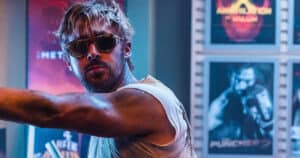
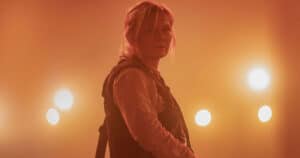

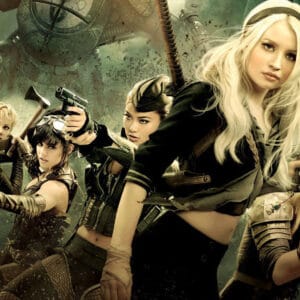

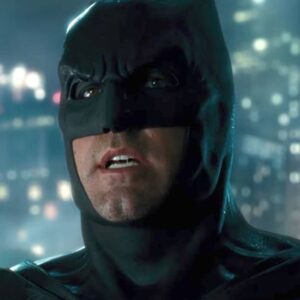
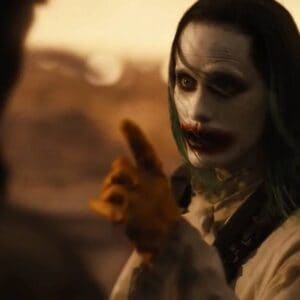
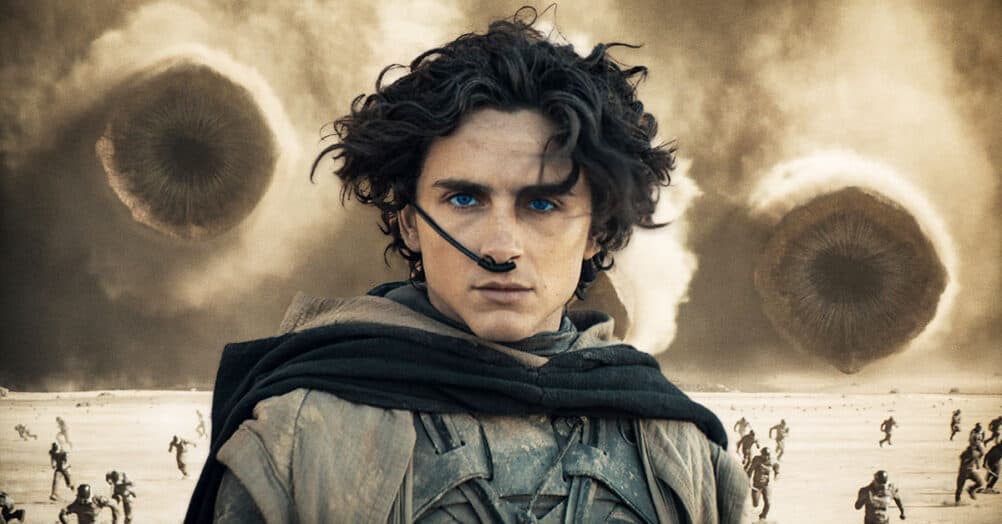
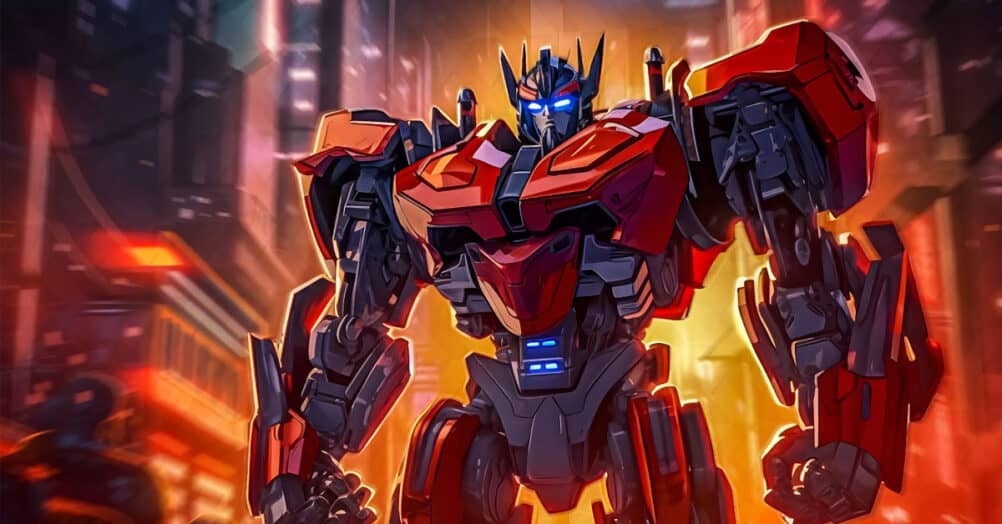
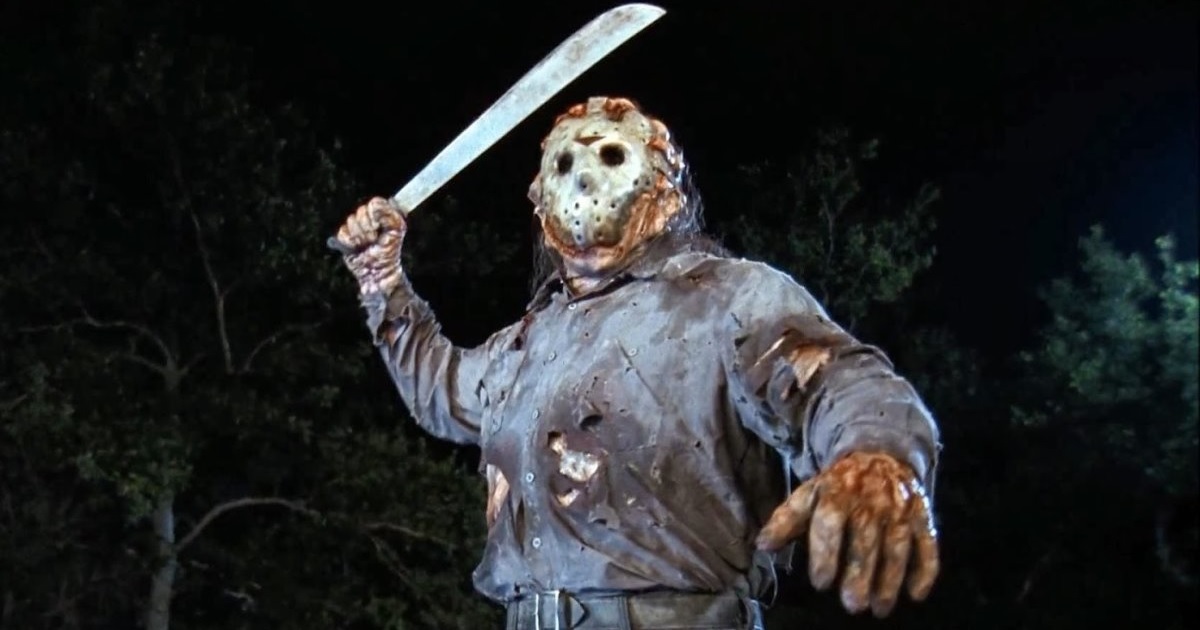
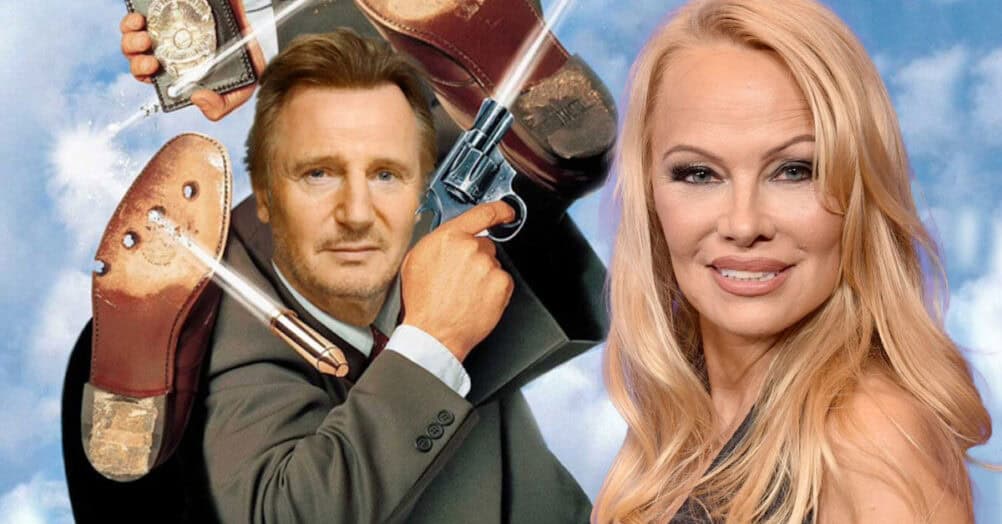
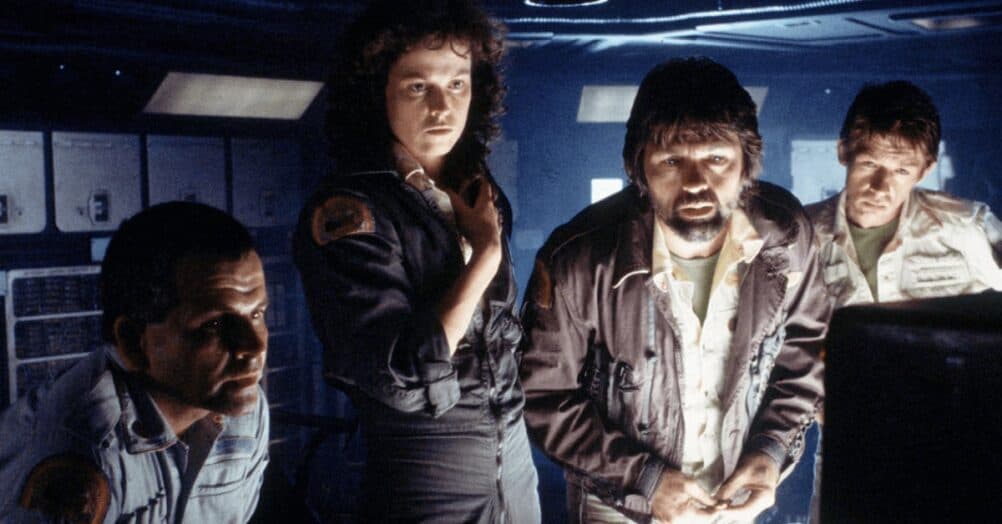
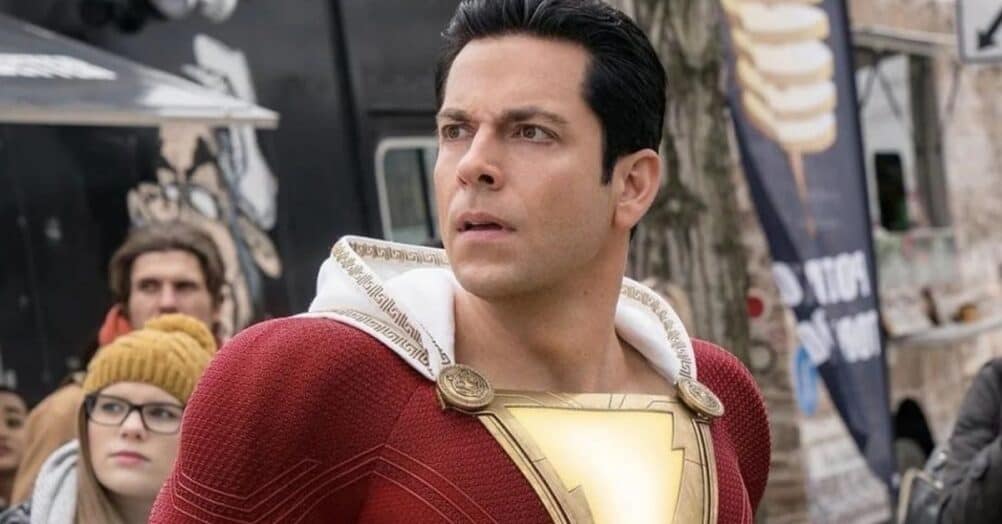
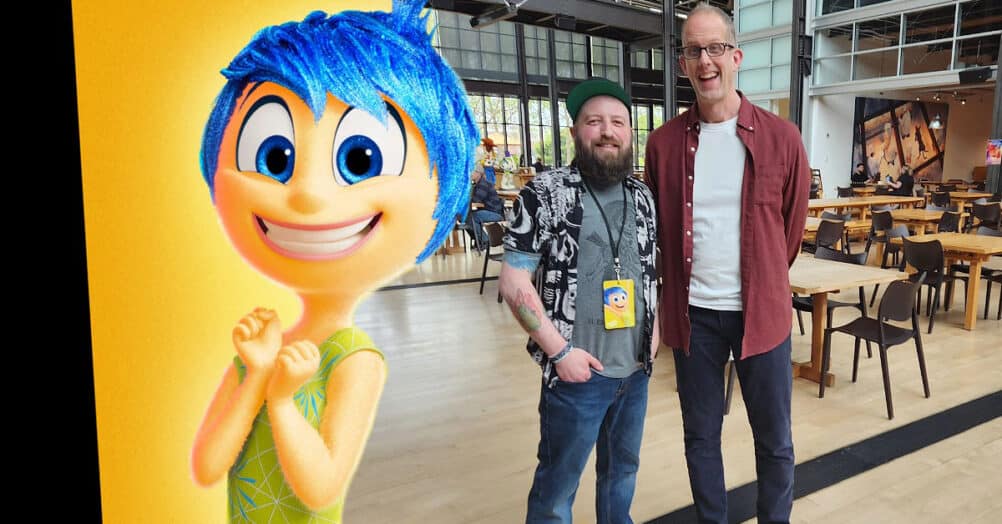
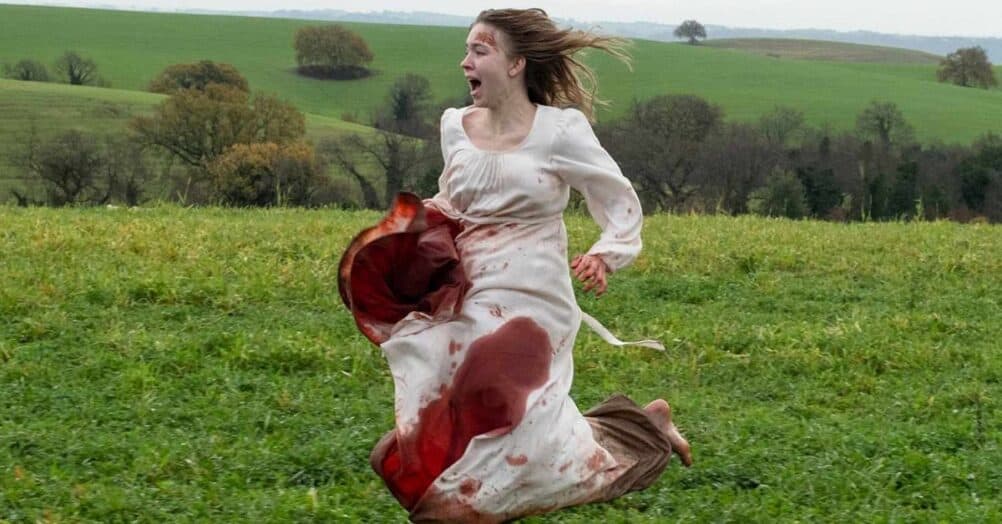
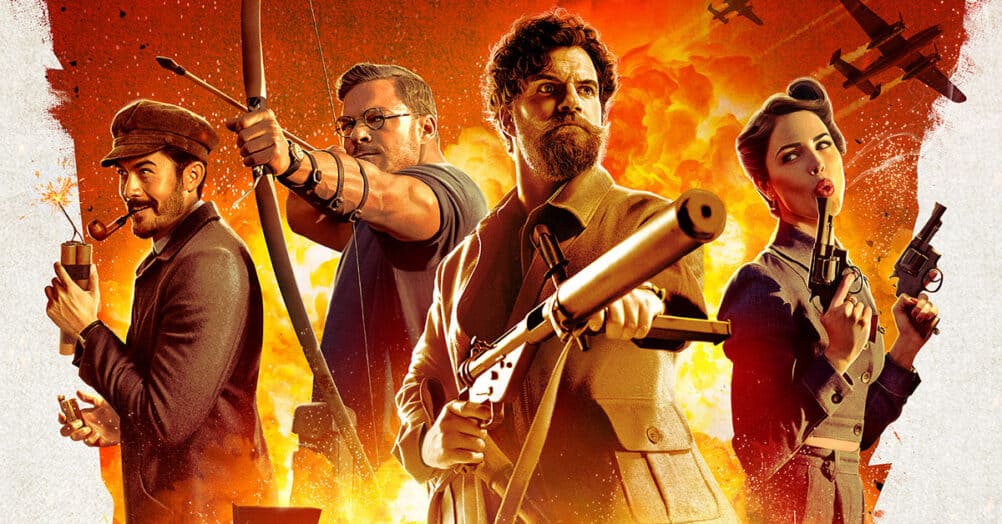
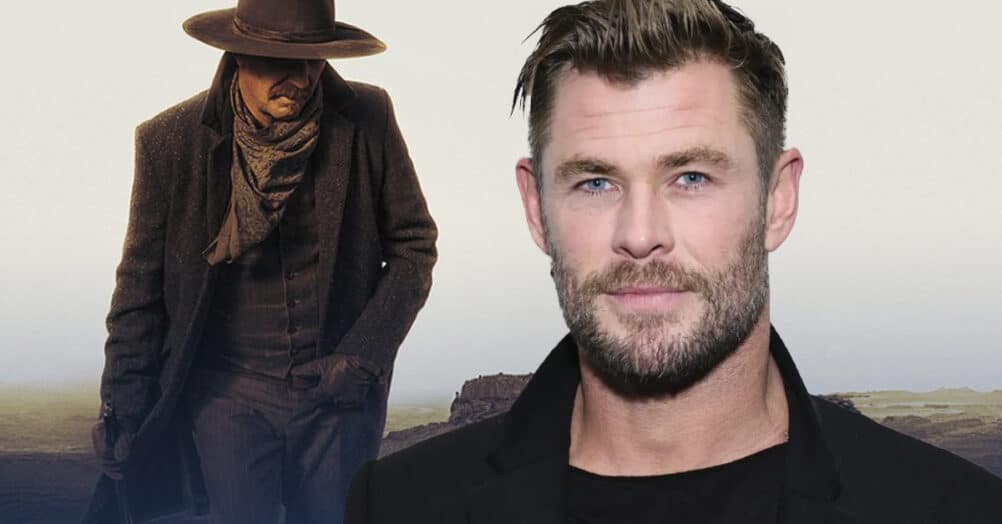
Follow the JOBLO MOVIE NETWORK
Follow us on YOUTUBE
Follow ARROW IN THE HEAD
Follow AITH on YOUTUBE